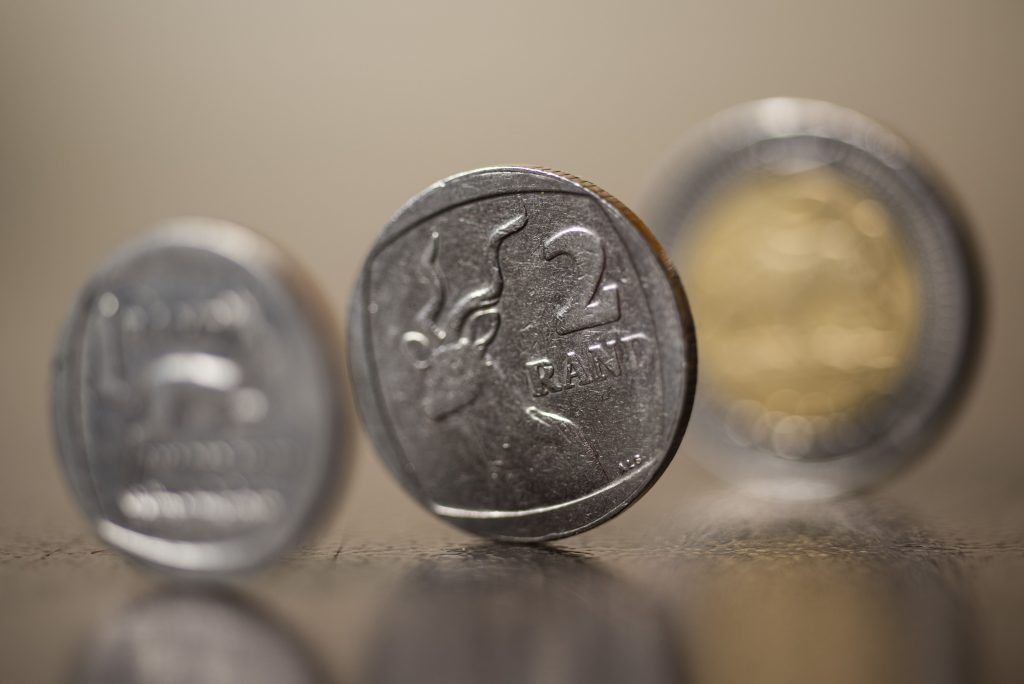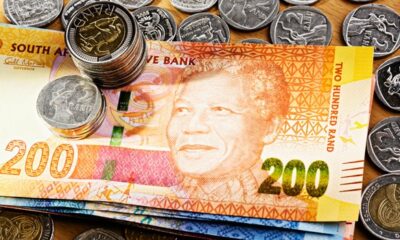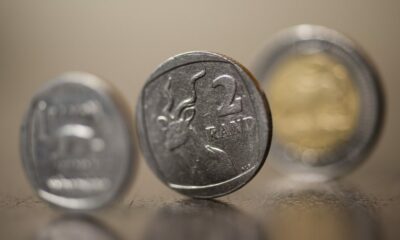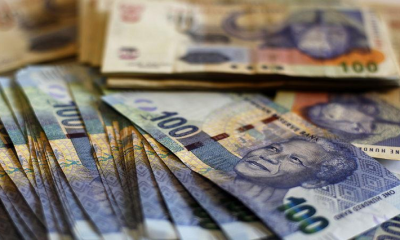Business
From Zero to Hero: The Rand’s Remarkable Two-Year Comeback

A Currency Few Believed In
Just six months ago, the rand was in crisis. Investors were losing faith, the dollar was climbing fast, and it seemed South Africa’s currency had nowhere left to fall. With the dollar closing in on R20 and South Africa’s Government of National Unity wobbling on the edge, it felt as if the local currency was on borrowed time. But fast-forward to October 2025, and the same rand is suddenly flexing again, trading at its strongest level in more than two years.
After months of volatility, the turnaround has stunned even seasoned market watchers. Economists say the rand’s rise to around R17.00 to the dollar marked a psychological shift. Once seen as a “shock absorber” that took the hits when global markets panicked, the currency is now holding its ground and even outperforming some emerging-market peers.
Why the Rand Is Rising
Part of the story lies abroad. The US Federal Reserve has started signalling rate cuts and an end to quantitative tightening, cooling the once-mighty greenback. That softer dollar, combined with stronger global risk appetite, has given South Africa a rare tailwind.
But this rebound is not just about America. Local economists note that foreign investors have been returning to South African bonds and equities as confidence slowly rebuilds. According to Investec’s chief economist Annabel Bishop, the rand has shown mild strength against the euro and the pound through October, with investors taking advantage of high domestic yields.
Meanwhile, a rally in gold and platinum prices has reinforced the trend. South Africa’s trade surplus and rich commodity basket are finally working in its favour, not against it.
A Global Shift in Trust
Still, there’s a bigger backdrop to the rand’s story. As Foord Asset Management’s Rashaad Tayob points out, investors worldwide are questioning how long traditional “paper money” can hold value. With government debt ballooning in developed economies, gold prices have broken successive records, moving beyond $3 000 and even $4 000 an ounce this year.
For decades, investors ran to the dollar in times of fear. But when markets tumbled in April, both the dollar and risk assets fell together, a sign that confidence in the greenback may no longer be absolute. That sentiment has helped alternative stores of value and currencies like the rand find a new footing.
The Fine Print
Despite the optimism, analysts warn that caution is still necessary. Profit-taking and pockets of US dollar strength have kept the rand hovering around R17.30 to R17.45 in mid-October. For now, the R17 mark remains a key resistance point.
Economists say short-term swings are inevitable, but the longer-term message is one of resilience. South Africa’s high real yields and improving investor sentiment are doing what few expected this year: turning the rand from zero to hero.
Also read: National Treasury pauses foreign pension tax plan for consultation
Follow Joburg ETC on Facebook, Twitter, TikT
For more News in Johannesburg, visit joburgetc.com
Source: Business Tech
Featured Image: Moneyweb



























